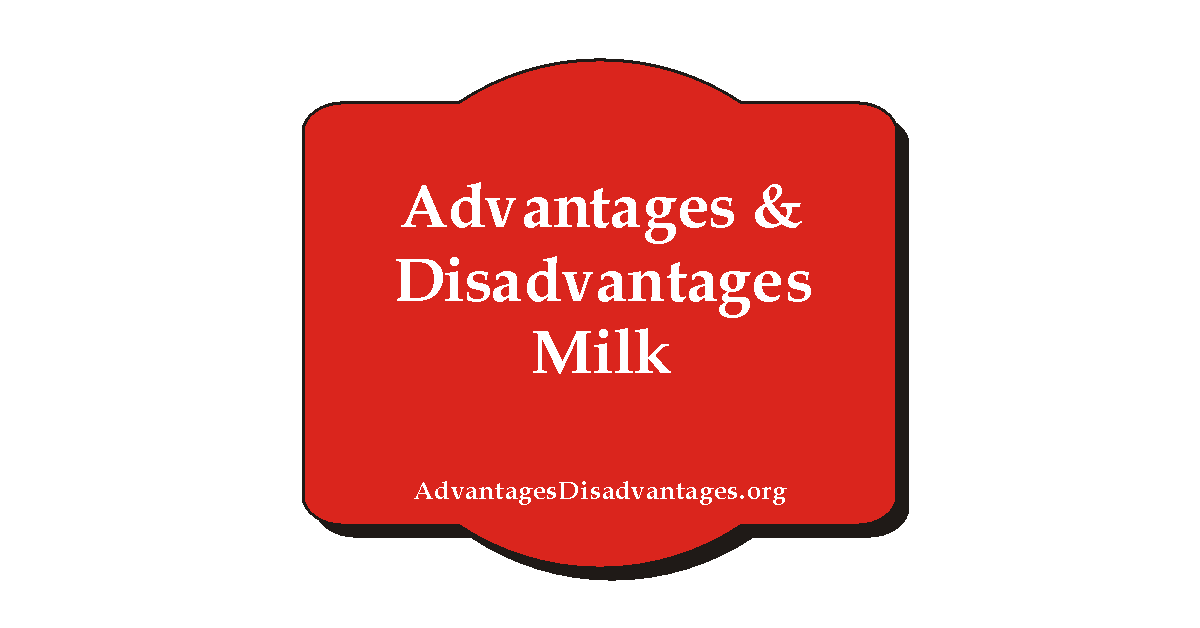Tech
Top Printer Filaments for High-Quality Prints: Unveiling the Best 3D Printer Filament Choices

In the realm of 3D printing, the choice of filament plays a pivotal role in determining the quality and durability of the final print. For enthusiasts and professionals alike, selecting the best 3d printer filament is a crucial decision that directly impacts the outcome of their creations. In this article, we’ll explore a curated list of top-notch filaments, each renowned for delivering high-quality prints and pushing the boundaries of 3D printing capabilities.
PLA (Polylactic Acid)
PLA is one of the most popular and widely used filaments, known for its ease of use, low odour, and eco-friendly nature. Derived from renewable resources like cornstarch, PLA is an excellent choice for intricate prints, providing a smooth finish and vibrant colours. Its compatibility with most 3D printers makes it an accessible option for beginners and seasoned users.
(Acrylonitrile Butadiene Styrene)
It is renowned for its robustness and durability, so ABS filament is favoured for functional prints and prototypes. With excellent layer adhesion and resistance to high temperatures, ABS is suitable for applications requiring structural integrity. However, it’s worth noting that ABS emits fumes during printing, so proper ventilation is essential.
PETG (Polyethylene Terephthalate Glycol)
A balance between the ease of printing and the durability of ABS, PETG filament has gained popularity for its strength, flexibility, and transparency. It offers the best of both worlds, allowing for intricate designs while maintaining structural integrity. PETG is also known for its resistance to moisture and chemicals.
TPU (Thermoplastic Polyurethane)
TPU filament is the go-to choice for those seeking flexibility in their 3D prints. Whether creating prototypes for functional objects or exploring artistic designs that require elasticity, TPU’s unique properties, including flexibility and resistance to abrasion, position it as a standout filament for various applications in the dynamic world of 3D printing. This quality ensures that 3D-printed objects, particularly those subjected to friction or wear, maintain their integrity over time. TPU’s resistance to abrasion enhances its suitability for diverse applications, from producing flexible components in machinery to crafting wearable items that endure repeated use.
Nylon
In essence, Nylon filament’s exceptional strength, resistance to wear and tear, and capacity to endure high impact make it a premium choice for those seeking to push the boundaries of 3D printing. Its versatility opens up possibilities for crafting industrial-grade components, functional prototypes, and parts that demand precision and durability, establishing Nylon as a top-tier filament in the 3D printing landscape.
Wood PLA
Beyond its visual appeal, Wood PLA maintains the user-friendly characteristics of PLA, making it accessible to both beginners and experienced 3D printing enthusiasts. Its compatibility with standard 3D printers and ease of use make it a versatile choice for those looking to add a touch of nature to their projects. Whether crafting artistic sculptures, functional prototypes, or decorative items, Wood PLA filament adds a touch of warmth and authenticity to 3D printing, unlocking new possibilities for creative expression.

ASA (Acrylonitrile Styrene Acrylate)
ASA filament is a robust and UV-resistant alternative to ABS, offering durability and colour retention that makes it well-suited for various outdoor applications. This makes it a valuable choice for 3D printing enthusiasts who prioritize longevity and performance in their projects, particularly when exposed to the challenges of changing weather and sunlight.
Conclusion
Selecting the best 3D printer filament is crucial in achieving high-quality prints. Whether you prioritize ease of use, durability, flexibility, or unique aesthetics, the diverse range of filaments available caters to every 3D printing need. Users can make informed decisions by considering factors such as material properties, printing conditions, and intended applications and elevate their 3D printing experience to new heights. Experimenting with different filaments allows for creative exploration and the production of exceptional prints that showcase the true potential of 3D printing technology.

-

 Health6 years ago
Health6 years agoAdvantages and Disadvantages of Milk
-

 Tech4 years ago
Tech4 years ago6 Tips to Improving E-Commerce Websites
-

 Home6 years ago
Home6 years agoAdvantages and Disadvantages of Village Life in Points
-

 Travel5 years ago
Travel5 years agoAdvantages and Disadvantage of Travelling
-

 Sports4 years ago
Sports4 years agoThe benefits of playing an online live casino
-

 Tech6 years ago
Tech6 years ago10+ Advantages and Disadvantages of Mobile Phones in Points
-

 Tech5 years ago
Tech5 years agoEssay on Advantages and Disadvantages of Offline Shopping
-

 Tech5 years ago
Tech5 years ago8+ Advantages and Disadvantages of Motorcycle |Having Bike